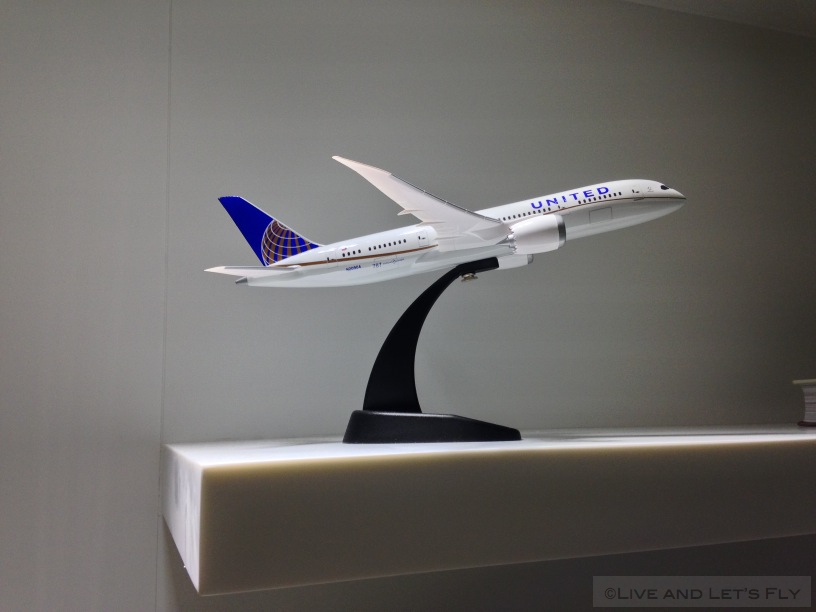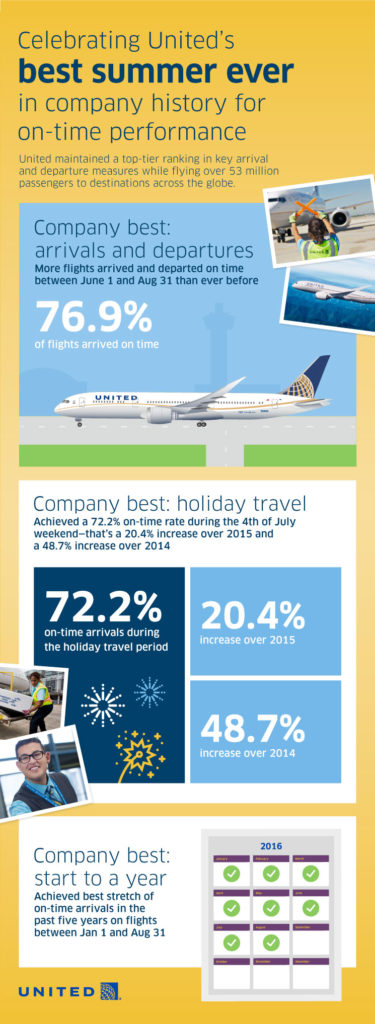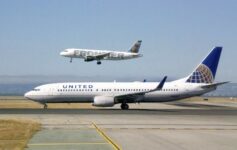
United Airlines claims it just had its “best summer every in company history” for on-time performance. To demonstrate, it presents this infographic:

(click to enlarge)
And indeed, the numbers look great. In my own United flying I encountered few delays (other than an airport wide problem of insufficient gates and long wait times at LAX and EWR) and many early arrivals.
United should be applauded for improving its operational performance, even if was so bad in previous years that its new numbers are rather more satisfactory than exceptional. United now offers a highly competitive onboard and in-air experience, competing more closely with Delta and frankly leaving American (with its aging aircraft, inferior lounges, and poor domestic in-flight dining offerings) behind. With United Polaris on the way — which will lead to a dramatically upgraded experience in business class — United seems to have finally turned the corner.
In an internal memo, Network Operations VP Tracy Lee attributed the improved on-time performance to three things:
- The hard work of our employees around the system
- Process changes and investments we’ve made across the system
- Schedule changes that facilitated improved performance
#3 — padded schedules — cannot be underestimated. Going just off the flights I usually find myself on rather than any official number crunching, block time for flights is about the same as in previous years. The key is longer time on the ground between flights, eliminating the ripple of downline delays when turns are scheduled too tightly.
This is good news for United: I hope that this operational performance improves even further during the autumn months.




I think you hit on a key point – padded schedules. As a frequent United flier, nothing annoys me more than “minor” 30 minute delays, usually driven by incoming aircraft/ground ops problems caused by schedules that are too tight. While half an hour is not a significant amount of time, if United knows that a flight will be delayed by 30 minutes 50% of the time, it is much better to just schedule the flight half an hour later. In other words, I as a consumer am much more sensitive to a “delay” than I am to a slightly extended flight and/or layover time, even if the end arrival time is the same.
There are still 2 more things UA needs to do to make its onboard product competitive: bring back meals on HI flights (excluding LAX and SFO) and make domestic IFE free
“even if was so bad in previous years that its new numbers are rather more satisfactory than exceptional.”
Something that I have observed in the past year is that it was indeed Jeff Smisek who was ruining the airline. The airline was doing absolutely dreadfully before Smisek took the reign, and with a merger with a highly successful airline (continental), you would think it would improve. It did not. In the past year, I have noticed that it has improved in every single area of travel and it is wonderful to see this.
And Matthew, I fully agree with your comment that American is falling behind. At the same time that I have noticed United improving and Delta staying the same, American has fallen back significantly. I have personally witnessed a passenger messed up by American big time, in a way that I personally deem unacceptable. I wonder when that airline will go bankrupt. If they had not just merged with US Airways, I would not be writing a rash senseless comment if I was saying that they will go bankrupt soon.
Alan-
Agree that AA is falling behind, too penny wise and pound foolish. Witness the new transatlantic 757 business cabin with no in-seat entertainment. For $4,000 fares! Just tablets.